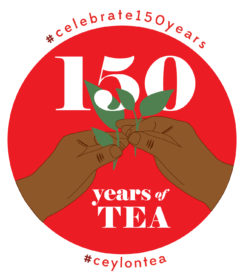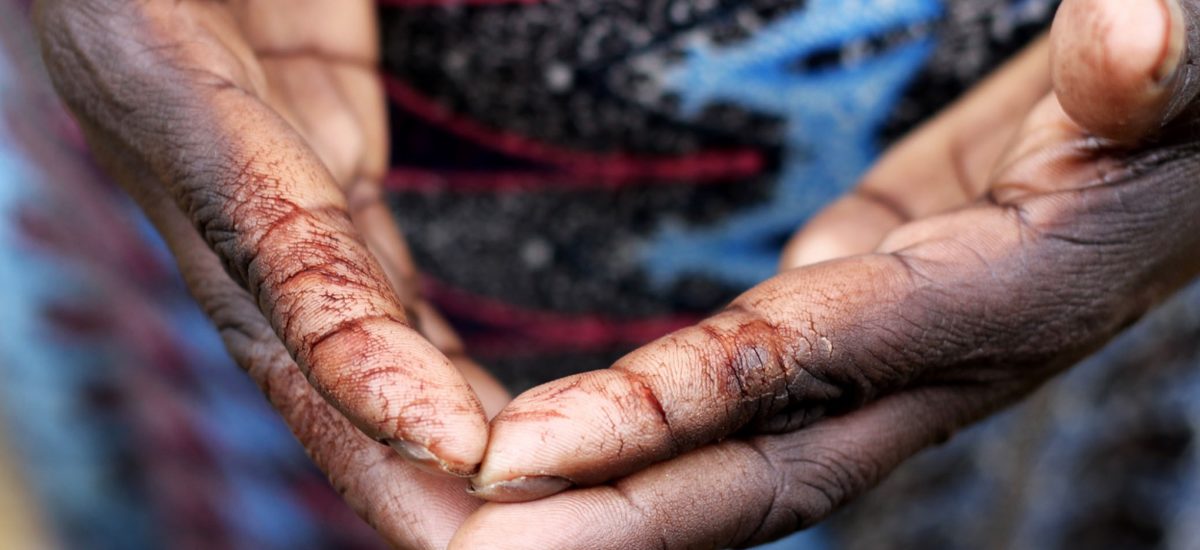The tea’s words explode, hot water
turns into red and gold. Pekoe picked
on Nuwareliya slopes. burnt in kilns,
sorted then for the nose of a dapper
merchant in a silk suit come tooting
along in his convertible from the Colombo
coast, a white cap sailing on his hair.
He glances discreetly on the way
at villagers bathing in a thousand streams
under bright green fronds bordering
thick woods. The planter, sarongued,
steps from his high verandah surveying
the bushes below, speckled by his bands
of magenta-sareed pickers, to meet
the merchant. They sit down for tea
before going down to the factory
to assess bushels ready for market,
sniffing and sipping in the taster’s room
elegant in sepia tones. No close inspection
of plantation workers’ modest dwellings,
their lot, after hours ground and tarred
by the sun, subject for a human rights report,
not a colonial romance. There were decent
planters, who assured workers’ content,
but the latter organized, needs represented
in parliament. Yet, at day’s end a wage based
on leaves picked does not make wealth.
The capitalist drives down the hills to the coast.
April 10, 2015
###
Photography courtesy Maatram.org, taken by Rajesh Segar.
2017 marks 150 years of tea production in Sri Lanka. To mark this anniversary, there have been several celebratory events and activities, including a Global Tea Party, an International Tea Convention and a charity auction organised by a variety of stakeholders including the Ceylon Tea Traders Association, the Sri Lanka Tea Board, the Tourist Board and tea companies. While these events have received wide coverage, there is little mention of the tea plantation workers, without whose contribution the industry would not exist.
With this in mind, Groundviews launched a series of audiovisual stories aimed at raising awareness on the difficulties faced by estate workers and the changes in the industry (or lack thereof) over the past 150 years.
To view the rest of the series, click here.


